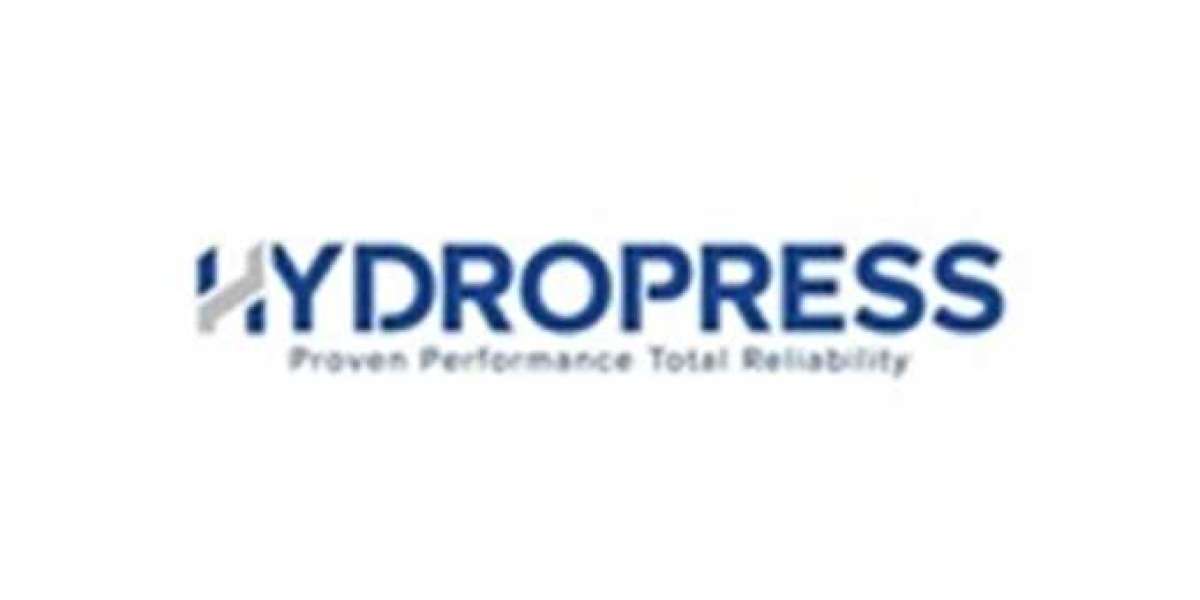Challenges Faced by MFDs in Retaining Clients
Despite their best efforts, MFDs face several challenges that can disrupt their client base and affect their revenue:
1. Frequent Redemptions
Investors often redeem their investments prematurely, especially during market volatility. This creates cash flow issues for MFDs, reduces their Assets Under Management (AUM), and affects long-term revenue streams.
2. Switching to Direct Platforms (D2C) or Competitors
Investors frequently switch to Direct-to-Consumer (D2C) platforms or other distributors drawn by lower fees or advanced services. This leads to a loss of clients and forces MFDs to compete on price and technology.
3. Loss of AUM
Frequent redemptions and investor exits result in a shrinking AUM. This not only impacts an MFD’s earnings but also hinders their ability to grow and scale the business.
4. Loss of Investor Base
Failing to address client concerns or provide personalized financial planning can result in a declining investor base. This makes it challenging for MFDs to retain credibility and attract new investors.
How The Right Technology Helps MFDs Retain Clients
The right technology like Mutual Fund Software in India offers various advanced tools and features that empower MFDs to build trust, align with client goals, and ensure long-term investment. One of the most effective methods it provides is Goal-Based Planning.
Goal-Based Planning: The Key to Client Retention
- Understanding Investor Goals
MFDs can use wealth management software to collaborate with their clients and set clear, personalized financial goals such as retirement planning, education, or wealth creation. - Mapping Existing Investments
The software helps map the client’s current investments to see how well they align with the set goals. Gaps, if any, can be identified and addressed. - Adding New Investments
Based on the client’s financial capacity and goals, MFDs can suggest additional investments to bridge gaps and create a robust portfolio. - Regular Reviews and Adjustments
MFDs can use the software to conduct periodic reviews of the client’s portfolio and make adjustments based on changing financial needs or market conditions. - Tracking Progress
With real-time data and reporting features, both MFDs and clients can track progress toward achieving financial goals, ensuring clients remain engaged and motivated to stay invested.
How Does Goal-Based Planning Work?
Goal-Based Planning through portfolio management Software follows a structured approach:
- Set Goals: Understand the client’s priorities, such as buying a home, funding education, or building retirement savings.
- Analyze Investments: Evaluate existing investments for their suitability in achieving these goals.
- Recommend Adjustments: Suggest changes to investment strategies, such as reallocating assets or starting a SIP (Systematic Investment Plan).
- Automate Tracking: Use the software to monitor portfolio performance and send timely updates to clients.
- Provide Insights: Share data-driven insights with clients to help them make informed decisions.
Benefits of Using The Right Technology for Client Retention
1. Improved Client Engagement
Regular updates and data-driven reports foster transparent communication. This builds trust, assures clients their investments are being managed effectively, and strengthens long-term relationships.
2. Personalized Solutions
Tailored financial planning ensures that each client’s unique financial needs and goals are prioritized. Clients feel valued, which significantly improves their satisfaction and loyalty.
3. Reduced Redemptions
By aligning investments with specific goals and reviewing them regularly, clients are less likely to redeem their investments prematurely. This secures consistent AUM and provides a stable income for MFDs.
4. Enhanced Client Satisfaction
Clients feel secure knowing their portfolios are aligned with their long-term financial goals. The confidence that their investments are in good hands keeps them committed to their MFD.
5. Consistent AUM Growth
Retaining clients and reducing redemptions ensure that the AUM remains stable or grows steadily over time. This allows MFDs to achieve sustainable business growth and profitability.
6. Scalability
Automation features free up MFDs’ time from repetitive tasks, enabling them to focus on acquiring new clients and scaling their business operations effectively.
Conclusion
The right software is an essential tool for MFDs to retain clients and keep them invested for the long term. By leveraging features like Goal-Based Planning, MFDs can align client portfolios with financial goals, improve engagement, and minimize redemptions. This not only ensures consistent AUM growth but also leaves MFDs with more time to focus on activities that drive business success. Investing in robust Software is no longer a luxury; it is a necessity in today’s competitive financial landscape.











